
According to Sunil Srivastava, MD, optical coherence tomography characteristics may be predictive of the efficacy of the injections.

According to Sunil Srivastava, MD, optical coherence tomography characteristics may be predictive of the efficacy of the injections.

During ARVO’s 2021 virtual annual meeting, John Wells, MD, presented efficacy, durability, and safety findings from phase 3 YOSEMITE and RHINE trials.

Bryce Buchowicz, MD, outlines roadblocks to timely diagnosis of central retinal artery occlusion and treatment with tissue plasminogen activator during a virtual presentation at ARVO.
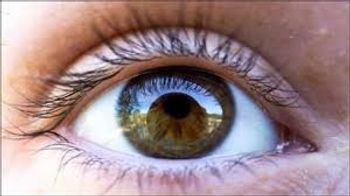
During a presentation at ARVO, Jessica Liu explained that patients with BRVO or CRVO with any lapse in treatment of 3 months or longer are at risk for poorer outcomes.
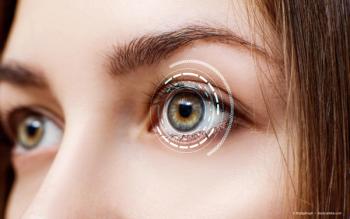
Investigators review changes in ocular anterior segment blood flow and temperature after treatment of patients with meibomian gland dysfunction.

Gene therapies are being investigated for multiple inherited retinal diseases and the progress in this field has implications for patient care.
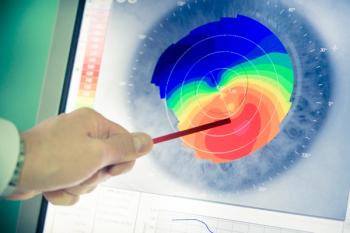
Topography-guided treatments for irregular corneas can improve patients’ best corrected visual acuity. The technique is easy to plan and perform, supported by software to do the calculations.

A cost-utility analysis found that concurrent phacoemulsification and minimally invasive glaucoma surgery using trabecular microbypass stents is cost-effective for treating mild to moderate open-angle glaucoma, compared with cataract surgery alone.

Many genes and polymorphisms have been identified as being associated with glaucoma, predicting progression, identifying those at increased risk and allowing treatment to be optimised.

The rates of postoperative myopic progression are the lowest with the SMILE procedure compared with PRK and LASIK, regardless of the degree of myopia.

Investigators found that a fluocinolone acetonide implant maintained good real-world vision levels in patients with diabetic macular oedema who had good baseline vision.

In a real-world study of patients with treatment-naïve and previously treated diabetic macular oedema, injection of intravitreal dexamethasone 0.7-mg implant provided effective disease control with initial and repeat injections, regardless of reinjection interval.

Topical eye drop treatments for the posterior segment would offer easier, less invasive options than those currently available. This would reduce the burden on both patients and their caregivers, increasing adherence and improving outcomes.

Virtual reality dichoptic and perceptual learning training seem to be a useful therapeutic option for achieving a successful visual rehabilitation in amblyopic patients.
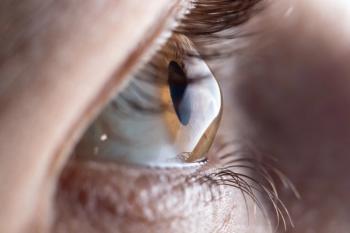
Topography-guided PRK, with or without the addition of corneal crosslinking, can improve visual acuity and quality in patients with keratoconus.
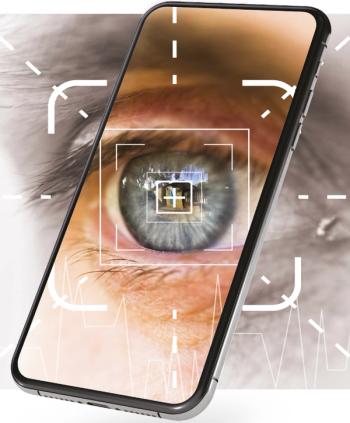
A smartphone direct ophthalmoscope attachment makes it possible to examine the optic nerve and distinguish whether its state of health is normal or abnormal.
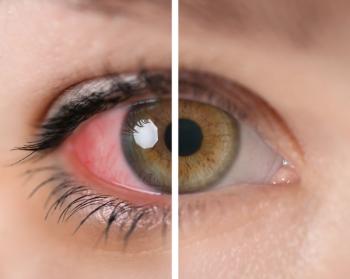
Ophthalmologists are seeking improved treatment options for uveitis as epidemiological studies demonstrate the scope and sight-stealing burden of the disease.
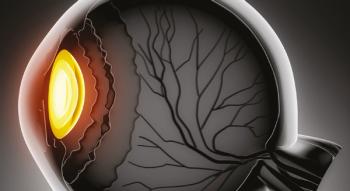
Artificial intelligence and genetic testing are expected to facilitate choosing the best treatment for each unique glaucoma patient within the next decade. This will not only lead to the best outcomes for individuals but will also spare them the costs and side effects of suboptimal treatments.
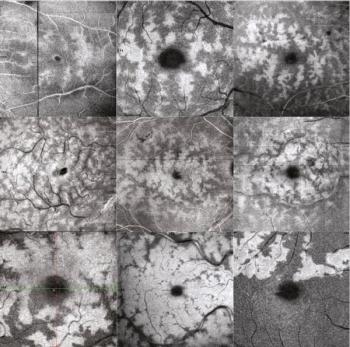
En-face OCT has advantages that make it very useful for characterising macular anatomy and pathologic features of various macular disorders.
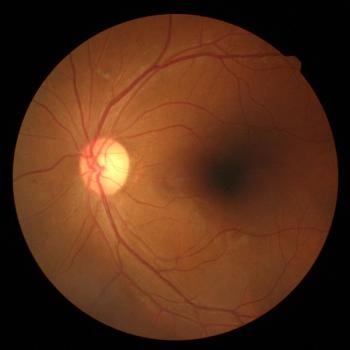
In the DRCR Retina Network Protocol V, which studied management strategies for eyes with centre-involving DMO and good visual acuity, the majority of eyes randomly assigned to initial observation completed the 2-year study without needing anti-VEGF therapy for vision loss and nearly one-third had spontaneous resolution of DMO.
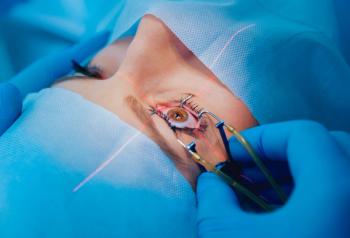
Phakic IOL implantation offers a number of benefits for patients with myopia who are not candidates for laser vision correction.

Evidence for a connection between low vitamin D levels and glaucoma is increasing but the link remains speculative and no causal connection has been demonstrated.

Cyclosporine for dry eye disease appears to be efficacious at all levels and the choice of which formulation to use usually depends on tolerability and affordability. Tolerability hinges primarily on the vehicle, which varies among different products.

Intraocular drainage surgery in angle closure remains experimental and investigators are collecting data regarding its efficacy as well as adverse effects.

A greater understanding of lens embryology and the phenotype/genotype correlation of cataracts should help guide future therapeutic approaches.
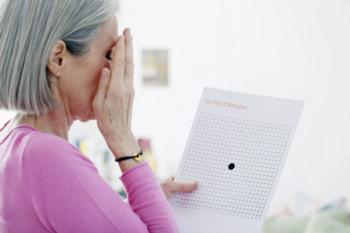
Although the majority of patients experience benefit with brolucizumab for the treatment of nAMD without severe adverse events, the risk of retinal vasculitis and/or retinal vascular occlusion needs to be balanced with potential benefits.

Study results, including data from approximately 42,000 eyes, found diabetic retinopathy severity is a risk factor for diabetic eye disease progression. Other findings support the idea that genetic factors may influence the development of proliferative diabetic retinopathy versus diabetic macular oedema.

Nurses and other allied healthcare professionals can safely and effectively deliver intravitreal steroid implants in a clean room setting, which has reduced patient waiting times.
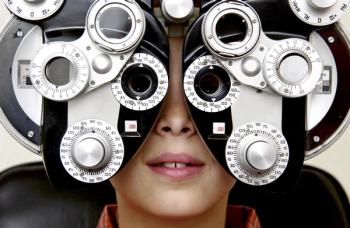
Investigators have indicated that combination therapies of outdoor activity, bifocals and low-dose atropine are being studied.

Experience at one ophthalmic practice in Bulgaria demonstrates that new operating procedures, technologies and good management can enable clinics to remain open and operate safely during the COVID-19 pandemic. Ophthalmic training and education should continue to be a priority.